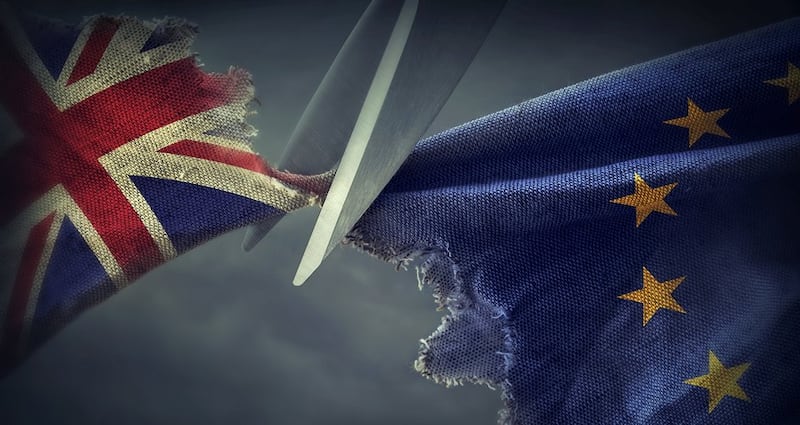The economic impact from a no-deal Brexit was always going to be greater than that from a more orderly departure of the UK from the EU. The crucial factor is that a no-deal Brexit would hit much more quickly and thus be a lot more difficult to deal with. Given the unique nature of what would happen, it is also very difficult to predict, but it is clear that rural Ireland is particularly in the firing line.
In its first assessment, the Department of Finance has said that it could knock 1.5 of a percentage point off the GDP growth rate for this year and 2.75 points off the 2020 growth rate, increasing unemployment and pushing the exchequer finances back into the red. The economy would still grow – by 2.7 per cent this year and close to 1 per cent next year – but much more slowly than would otherwise be the case.
Previous official forecasts have been based on the UK and the EU finalising a withdrawal agreement. This would mean a transition period after the UK leaves in March – during which very little would change until at least December 2020 – and the hope that new arrangements protecting trade might come into force following further negotiations. The department had previously pencilled in a 0.75 percentage point hit to growth for each of the following four or five years after the transition period ended.

A no-deal Brexit brings the hit forward, as the UK would leave suddenly in March and new trading arrangements would come into place overnight. Tariffs – import taxes – would apply immediately on exports to and imports from the UK and trade would also be hit by delays, border checks and bureaucracy. And there would be huge uncertainty. We simply have no idea now long the queues will be at ports, or whether supermarket supply chains bringing food in here will hold up, or what the short-term impact would be on companies importing parts from the UK.
On the department's forecasts – and also on those from the Central Bank – recession would be avoided, but growth would slow sharply. The Central Bank suggested more of a hit in 2019 than the department, but given the huge uncertainties the two estimates are not that far apart. As well as slowing exports and rising prices on goods imported from the UK, both warn of the impact on investment and consumer confidence and of the knock-on hit from slower growth in the UK.
Here, the economic hit would be hardest in rural Ireland, where there is a heavier dependence on the most exposed sectors – agriculture, food and small manufacturing businesses. Indeed, given the huge boost to GDP growth from multinational exports which would support the overall GDP figures, output from the indigenous sector could shrink. This could feel like a recession for rural Ireland. Rural areas would also be affected more by the fallout in the jobs market, as Dublin would be protected to some extent by its larger and more diverse base and by an inflow of financial jobs from London.
Slower growth hits the public finances by cutting taxes and putting pressure on spending. For the moment, Minister for Finance Paschal Donohoe will not change his spending and tax plans – for this year anyway. He tentatively estimates that instead of balancing the budget this year – as he was aiming to do – borrowing could amount to 0.2 per cent of GDP.
For 2020, the uncertainties are greater, with a possible deficit of 0.5 per cent of GDP and the Minister said he would have to reserve his position on what would need to happen beyond this year, but that he would try to protect major investment spending. However, spending and tax plans would inevitably need some revision. There has been a lot of focus on what is at stake for Ireland politically in the next few weeks – but the economic implications of all this are also very significant.











